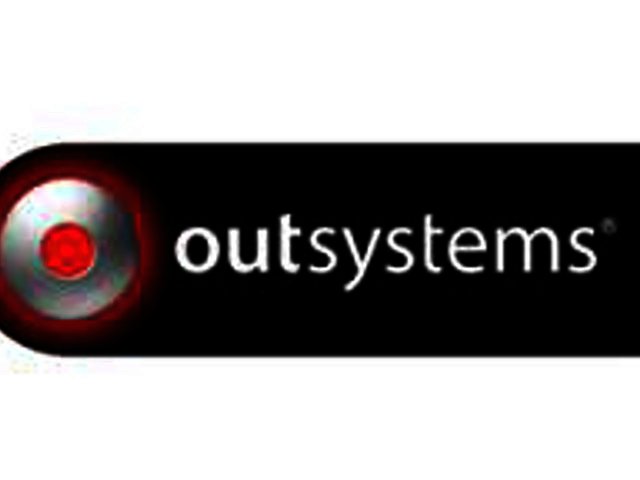The initial cost of a company laptop represents less than 30 percent of the total cost of owning and using it. The remaining 70 percent is often ignored by companies because these costs form part of the ‘background’ cost of IT. This is according to OutSystems SA director Craig Terblanche.
However, companies that make an effort to manage these costs, have shown substantial financial returns and productivity has also improved dramatically. These usually ignored IT costs include the level of usage of technology, the level of training and more importantly, how effort, time, software and functions are duplicated.
Largely due to software adoption issues and a lack of training staff normally uses less than 20 percent of the software functionality. This is a huge loss to the company considering that it usually pays large amounts for the software.
To manage usage costs, many companies send their employees on a half day training course. However, there is a new form of training called adoption mentoring - where mentors show employees how to use software to be more efficient in their jobs. They also show them functions that are available that they should be using.
In the more modern software solutions, there are online checks and balances that track where an employee is in a process and advises them on what to do next, or on how to achieve the same task in a more efficient manner. Companies that want to get the best out of their IT spend, track and incentivise their people to use the systems to their full extent.
Duplication often occurs when software is purchased for a specific function, but is already available in other applications or in other departments. Duplication and redundancy are linked. The average software package is built for the widest sample of users it has functions that perhaps one in a hundred people would use. Companies pay for it all, irrespective of whether or not they use it.
Most software packages duplicate functions in other packages an invoicing system will duplicate credit control system functions, will duplicate accounting functions and will duplicate reporting functions. This is the nature of software packages, very few are sufficiently modularised or interoperable enough to allow a one-to-one mapping of business processes to software functions. However, some companies do a functional analysis and are able to rationalise their software functions. The savings are significant, but these instances are rare.
All these usage and duplication efforts will still only get about 50 percent utilisation of one’s software. Research shows that current usage is between 5 – 20 percent, so the actual savings and productivity improvements of raising the bar to 50 percent are profound.
Another cost lies in legacy systems some refer to it as the ‘technological debt’. This is software that is outdated, undocumented, hard to change or upgrade, or has ‘lost fit’ with business needs. This cost is an insidious one, the costs are not direct or visible and the incentive to change is weak.
So the company keeps its software assets, not realising that productivity is affected, that agility is compromised, that innovation is stifled, and finally that morale is being white-anted. Ask any innovative employee whether they feel empowered by your software or not and then block your ears.
OutSystems has as one of its specialisations, the ‘de-legalising’ of company software, and then lives up to its motto of ‘build for change’, meaning if it’s not being used, change it – quickly and easily. For more information visit www.outsystems.co.za or call OutSystems on (087) 230-0123.





